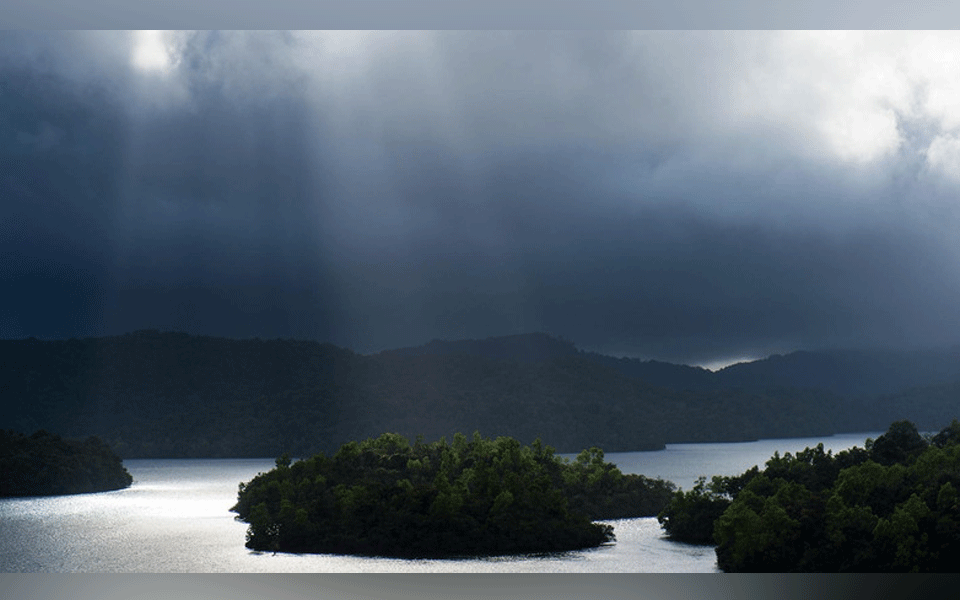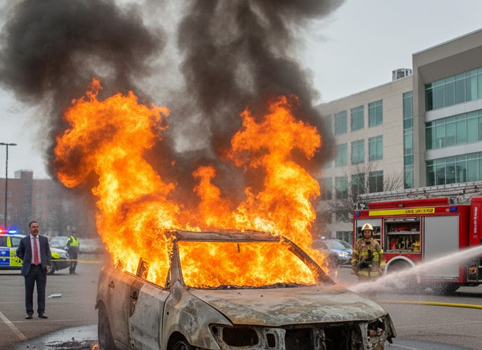With Monsoon at its peak, the very first sight of these splendorous falls will elevate your senses. Jog falls, the second highest falls in India, is in full glory these days.
Located amid lush green vegetation of Western Ghats in Shivamogga district of Karnataka, Jog falls is brimming with tourists from far and wide to savor the roaring milky water columns plunging down the rocky chasm sheathed in greenery.
Created by the Sharavathi River falling from a height of 253 m at Jog town, the course of water channels into four forming the waterfall. The first column is sobriqueted as the Raja, which chutes down into one mass to a depth of 253.15 meters.
It is joined by the Roarer while the third one is the Rocket, which shoots downward in a series of jets. The fourth is called the Rani, and it glides down quietly in a feminine grace. Ensconced by verdant forests, these waterfalls offer a scintillating sight.
The sun and moon light over the gushing torrents during the day and night create a perpetual rainbow over the falls. Since it is a catchment area and rainfall is copious very often the falls disappears in the misty weather to reappear again after the fog rolls over.
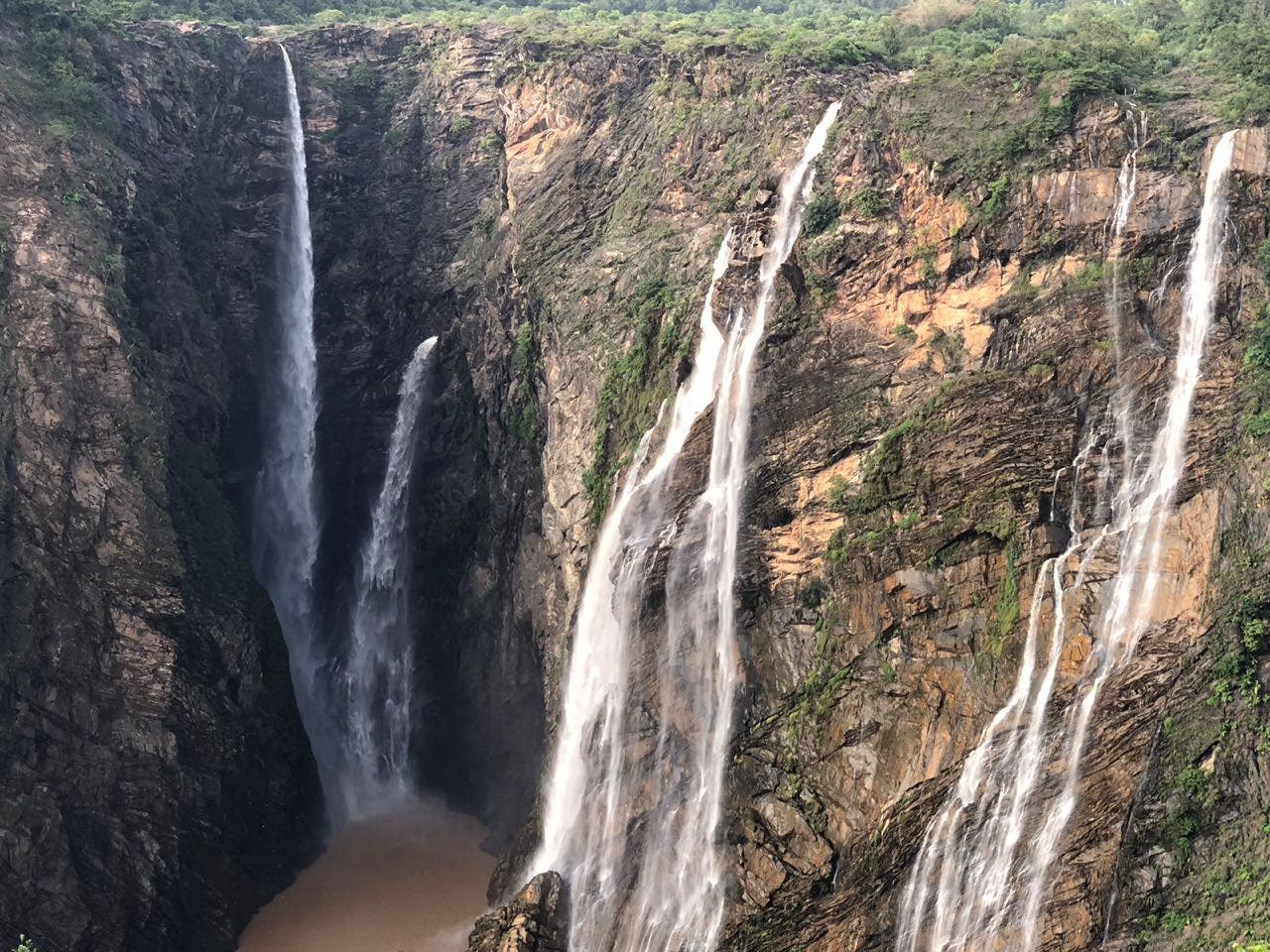
View points
The main viewing area is in the heart of the town but one can also go to the other side from where the falls take the plunge.
There are steps from the main view point that take you to the bottom of falls. A gushing pool down below provide tourists a place to unwind. But it is not easy to go down as there are approximately 1,450 steps and often one gets tired while on return. At the main viewing point, one can relax at the park.
Though the Linganamakki dam, built across Sharavathi river and is exclusively used for hydel power production, was once another attraction for tourists in Jog Falls but for the last many years it is closed for tourists. Jog Falls is located downstream of Linganamakki reservoir.
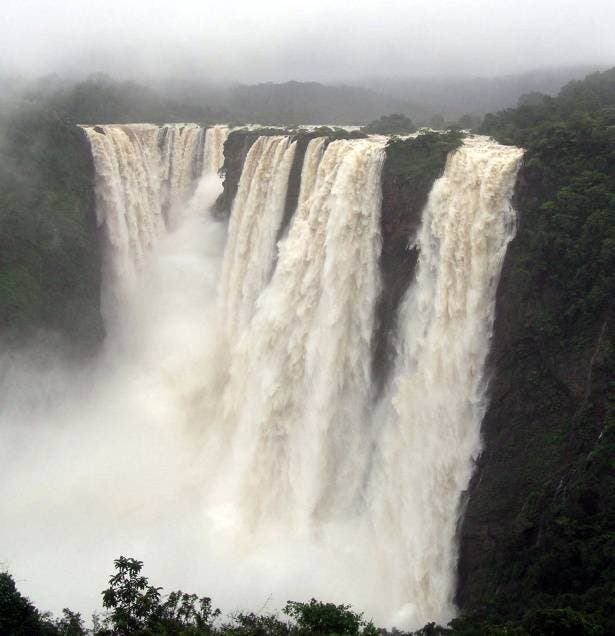
Sustainable tourism
Speaking to Al Aarabiya English, M. Lokesh, Deputy Commissioner, Shimoga district, said that the government is committed toward Sustainable Tourism for Development as far as Jog Falls is concerned.
“Since tourists come to Jog Falls and find only the falls and nothing else to see we are planning to link with neighboring destinations which are home to famous temples,” he said adding that tt Jog Falls, they are focusing on providing proper facilities.
Many new developments were planned some years ago but they are yet to be taken forward. There have been proposals for a ropeway between gorges of the valley of the Jog Falls, development of the garden on the model of the Brindavan Garden, etc. With a new government in place, it is expected that these plans might be given a push.
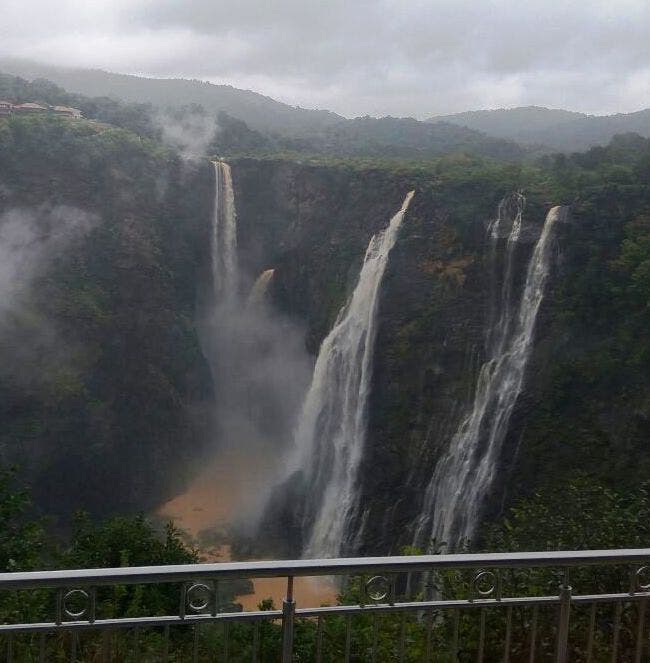
Adventure camp
About seven kilometers away from Jog falls, the Jungle Lodges and Resorts Limited (JLR), a Karnataka government undertaking that promotes ecotourism and adventure activities, has come up with the Sharavathi Adventure Camp.
It is located on the lush sloping terrain abutting the Talakalale, a balancing reservoir to Linganamakki dam constructed across Sharavathi River. The reservoir is strewn with many lush jade-green islets.
Encompassed by greenery the camp offers aquatic adventures like coracle rides, kayaking and game fishing; bird watching, guided trekking, etc.
You can wake up to misty mornings and head out for a drive into the densely wooded forest of the Sharavathi Valley Wildlife Sanctuary. The rainy season is still on and the region will continue to be pounded with more rains until September end-making Jog falls a place of awe.
Courtesy: english.alarabiya.net
Let the Truth be known. If you read VB and like VB, please be a VB Supporter and Help us deliver the Truth to one and all.
Tumakuru (PTI): Karnataka Home Minister G Parameshwara on Saturday said his recent remarks on the demolition of properties linked to those involved in narcotics trade were "misunderstood and misinterpreted".
His clarification follows remarks made two days ago on the government's uncompromising crackdown on the drug menace, including action against properties linked to foreign nationals allegedly involved in drug trafficking.
"It is unfortunate. It is taken in the wrong sense. I didn't mean that tomorrow itself I am going to send bulldozers and demolish the houses. That was not my intention. It was wrongly taken," he told reporters here.
Responding to Congress MLC K Abdul Jabbar's question in the legislative council on the growing drug menace in Bengaluru, Davangere and coastal districts, the minister on Thursday detailed the extensive enforcement measures initiated since the Congress government assumed office.
Pointing to the involvement of some foreign nationals, the minister had said, "Many foreign students from African countries have come to Karnataka. They are into the drug business. We catch them and register cases against them, but they want the case to be registered because once the case is registered, we cannot deport them."
"We have gone to the extent of demolishing the rented building where they stay," he had said.

